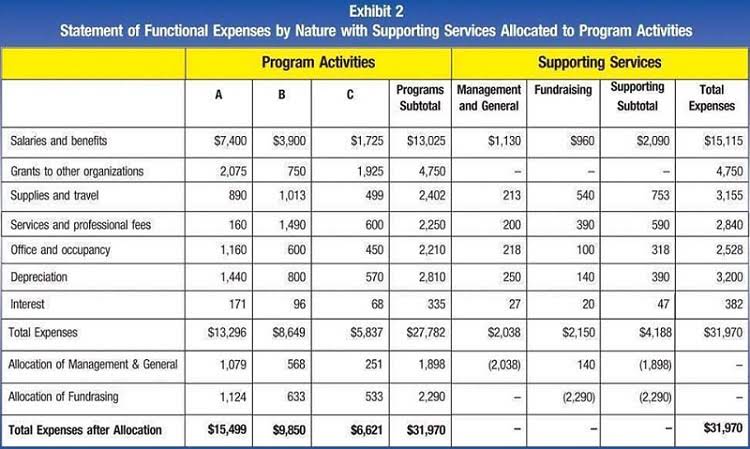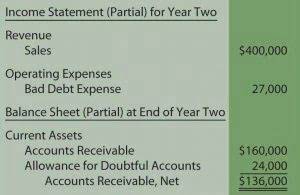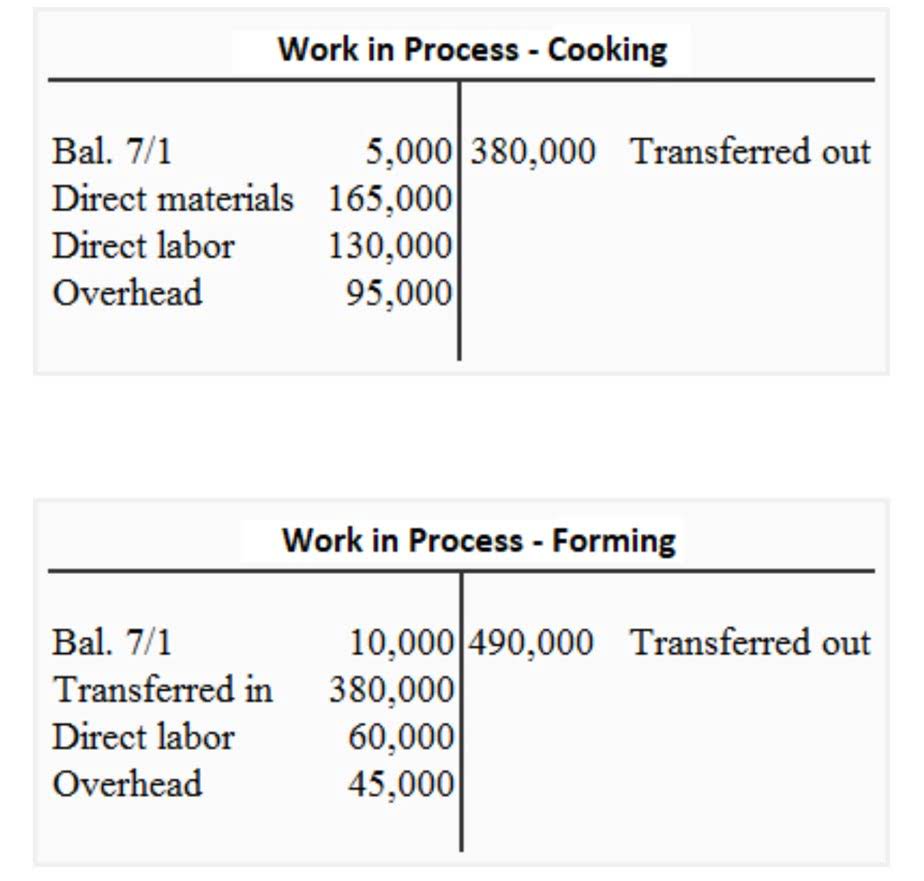
For example, imagine not properly closing revenue accounts at year’s end. For example, if you have a net income of $20,000, you’ll debit income summary and credit retained earnings by that amount. Closing entries might seem like an extra step, but they’re crucial for keeping your financial records clean and accurate. At the end of the period, you move these balances into a holding account called income summary.
- The first part is the date ofdeclaration, which creates the obligation or liability to pay thedividend.
- In this case, we can see the snapshot of the opening trial balance below.
- In order to produce more timely information some businesses issue financial statements for periods shorter than a full fiscal or calendar year.
- Such periods are referred to as interim periods and the accounts produced as interim financial statements.
- The third entry requires Income Summary to close to the RetainedEarnings account.
- Now that the journal entries are prepared and posted, you are almost ready to start next year.
The Ultimate Year-End Close Checklist for Accounting Professionals

Revenue accounts, which record income from business activities, are closed to the Income Summary account. For example, $500,000 in sales revenue is debited from the revenue account and credited to the Income Summary account, resetting the revenue account to zero. Permanent accounts, also known as real accounts, do not require closing entries. Examples are cash, accounts receivable, accounts payable, and retained earnings.
Preparation of closing entries
At Finance Strategists, we partner with financial experts to ensure the accuracy of our financial content. The articles and research support materials available on this site are educational and are not intended to be investment or tax advice. All such information is provided solely for convenience purposes only and all users thereof should be guided accordingly. Upgrading to a paid membership gives you access to our extensive collection of plug-and-play Templates designed to power your performance—as well as CFI’s full course catalog and accredited Certification Programs. The term “net” relates to what’s left of a balance after deductions have been made from it. However, doing so would income summary result in an excessive amount of detail in the capital account of the permanent owner.
Accuracy Matters to Avoid Financial Misstatements
- In the next accounting period, these temporary accounts are opened again and normally start with a zero balance.
- With the use of modern accounting software, this process often takes place automatically.
- Closing out accounts payable is a critical step in the year-end close process, as it allows you to move forward with other activities, such as fixed asset management and accruals.
- Since dividend and withdrawal accounts are not income statement accounts, they do not typically use the income summary account.
- Made at the end of an accounting period, it transfers balances from a set of temporary accounts to a permanent account.
There is no future benefit or utility from income-expenditure accounts. These accounts are closed by transferring them to an income summary account. A closing entry is provided for the closing of income-expenditure accounts. At the end of each accounting period, financial statements are prepared to determine the financial status of the company.

Closing Entries in Accounting
Income summary effectively collects NI for the period and distributes the amount to be retained into retained earnings. Balances from temporary accounts are shifted to the income summary account first to leave an audit trail for accountants to follow. Temporary account balances can be shifted directly to the retained earnings account or an intermediate account known as the closing entries income summary account. If there is a net profit, the balance of the income summary account is also zeroed by debiting the income summary account and crediting the capital account. When the credit balance of the revenue account and the debit balance of the expenses account are transferred to the summary account, the account’s balance is either net income or a net loss. The $1,000 net profit balance generated through the accounting period then shifts.
Temporary Accounts entries are only used to record and accumulate the accounting or financial transactions over the accounting year, and they do not reflect the company’s financial performance. The income summary account is a temporary holding account used https://www.bookstime.com/ to consolidate income accounts, excluding dividend expenses. It is not included in financial statements because it exists solely for the closing process and has a zero balance once the process is complete. In contrast, permanent accounts include assets, liabilities, and most equity accounts.

Example of a Closing Entry
This time period, called the accounting period, usually reflects one fiscal year. However, your business is also free to handle closing entries monthly, quarterly, or every six months. In essence, we are updating the capital balance and resetting all temporary account balances. These examples show how crucial closing entries are for keeping your accounting records accurate and organized, no matter the size or type of business you’re running.

